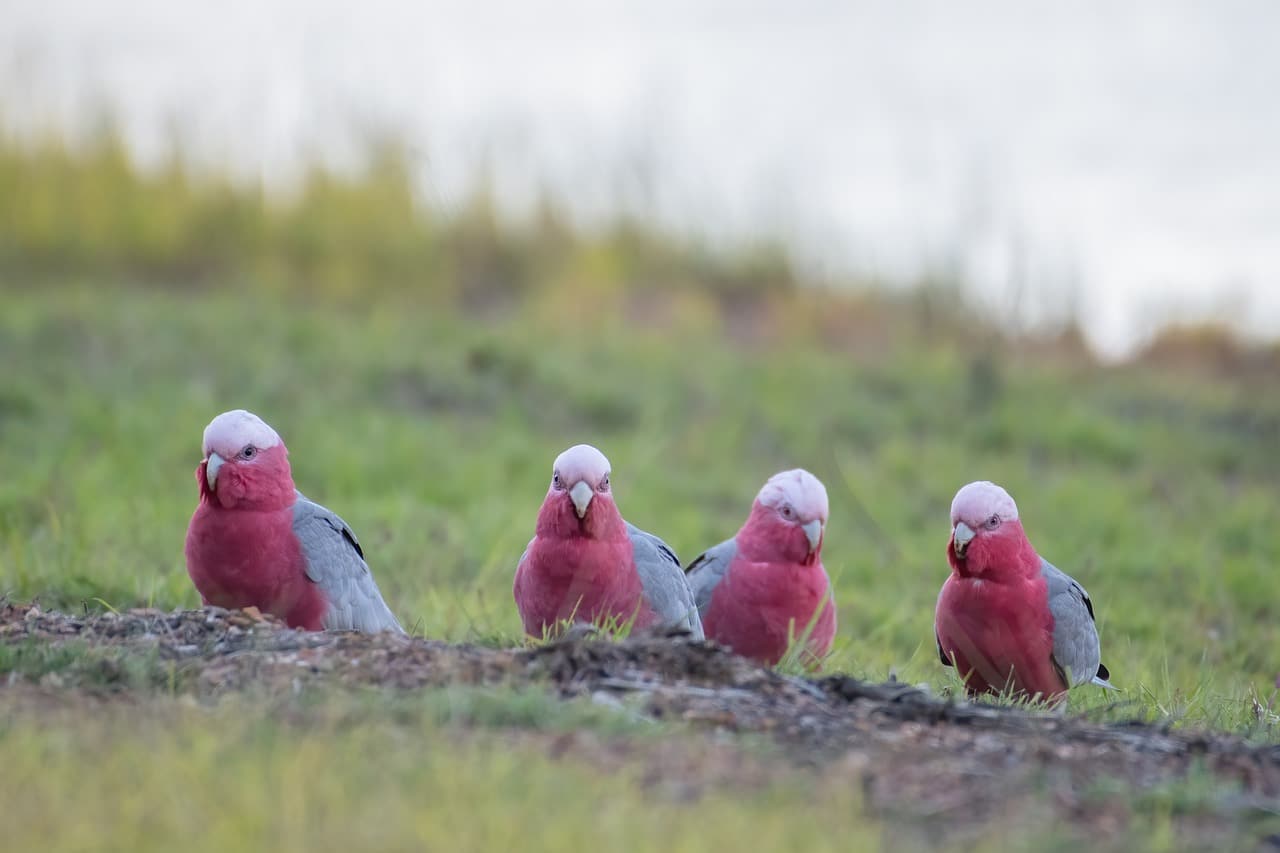How to Manage Feather Destructive Behavior in Cockatoos?

Feather plucking in cockatoos has been an ongoing concern for bird owners worldwide. This abnormal behavior presents a significant challenge, and if not addressed, it may lead to severe health problems for your feathered pet. In this article, we will explore the reasons behind this behavior and offer some valuable insights into managing feather destructive behavior in these fantastic birds.
Understanding Feather Plucking in Parrots
Feather plucking is a disturbing sight for any bird lover. It’s even more disheartening when your beloved pet, the cockatoo, is the one involved in this act. But what exactly is feather plucking?
Cela peut vous intéresser : Can You Train a Cat to Use Human Toilet Facilities Safely?
Feather plucking or feather picking is a term used to describe a bird’s behavior when it pulls out, bites, or over-preens its feathers. This behavior often leads to feather damage or complete baldness in extreme cases. Some birds even go as far as inflicting wounds on their skin.
In cockatoos and other parrots, this behavior can be triggered by a variety of factors, including medical conditions, environmental changes, and psychological stress. Understanding these triggers is the first step to managing this problem effectively.
A lire aussi : Treating minor injuries in your pet
Identifying Potential Medical Problems
Feather plucking in birds may seem like a behavioral issue at first glance, but it is often a symptom of underlying medical problems. As a bird owner, it’s critical to consult a vet to rule out any health complications that might be causing this behavior.
Common health issues that might cause feather plucking in cockatoos include skin infections, parasitic infestations, hormonal imbalances, nutritional deficiencies, and systemic illnesses. A thorough medical examination will help identify any underlying problems and determine the most appropriate course of treatment.
Remember, time is of the essence when it comes to managing feather destructive behavior. The sooner a potential medical problem is identified, the better the chances of halting this destructive behavior.
Analyzing the Bird’s Environment
Once medical issues have been ruled out, it’s time to take a closer look at your bird’s environment. A bird’s environment plays a crucial role in its overall health and behavior. Cockatoos are intelligent and sensitive birds, and a stressful or inadequate environment can lead to behavioral problems like feather plucking.
Take a look at the cage your bird is in. Is it spacious enough? Does it have enough toys to keep your bird busy? Is it located in a quiet, stress-free part of your house? These are crucial factors to consider.
Also, consider the social aspect of your bird’s environment. Cockatoos are social creatures, and they require regular interaction to thrive. Lack of social interaction can lead to boredom, stress, and eventually, feather destructive behavior.
Implementing Behavioral Controls
Feather plucking in birds is a deeply ingrained behavior, and it might take some time and patience to correct. The key here is to identify the triggers that initiate your bird’s feather plucking and implement measures to control these triggers.
Behavioral modification techniques can be effective in managing feather destructive behavior. For instance, providing a stimulating environment with plenty of toys and activities can help. Regular interaction and socialization with your bird can also go a long way in curbing this behavior.
In severe cases, your vet might recommend the use of bird collars or avian jackets to physically prevent your bird from plucking its feathers. These tools should be used as a last resort and under the guidance of a professional.
The Role of Diet in Feather Health
A balanced diet is key to maintaining the overall health of your bird, including the health of its feathers. Nutritional deficiencies can lead to poor feather health, which can trigger feather plucking behavior in cockatoos.
Ensure your parrot’s diet is well-balanced and rich in essential nutrients. A diet that comprises fruits, vegetables, grains, and a small amount of protein is usually recommended for cockatoos. Also, make sure your bird has access to clean, fresh water at all times.
In some cases, your vet might recommend dietary supplements to enhance your bird’s feather health. These supplements usually contain essential fatty acids, vitamins, and minerals that promote healthy feather growth.
Managing feather destructive behavior in cockatoos requires a holistic approach. It involves addressing potential medical issues, making necessary changes to the bird’s environment, implementing behavioral controls, and ensuring a balanced diet. With time, patience, and a little help from a professional, you can help your feathered friend overcome this distressing problem.
The Connection Between Feather Destructive Behavior and Reproductive Hormones
Cockatoos, like other parrot species including the African Grey (Psittacus erithacus), have a unique bond with their owners often termed as a ‘pair bond’. This bonding translates into the bird viewing its owner as a mate. The strength of this bond can sometimes trigger reproductive hormones, leading to feather destructive behavior.
Why does this happen? The conventional wisdom is that the hormonal changes can lead to frustration and stress if the bird’s natural mating instincts are not satisfied. This stress can manifest as feather plucking or feather picking.
It’s important to note that not all birds who pluck their feathers are experiencing hormonal issues. However, if you notice that your bird’s feather destructive behavior coincides with periods of high hormonal activity, such as during mating season, it may be worth considering this as a potential trigger.
A consultation with an avian vet can help determine if hormonal changes might be contributing to your bird’s feather destructive behavior. If this is the case, your vet might recommend hormone regulating treatments, changes in lifestyle or even environmental modifications to help manage the situation. Early intervention is crucial here as it can help prevent further feather damage and improve the quality of life of your bird.
The Use of Bird Collars in Managing Feather Destructive Behavior
In severe cases of feather destructive behavior where the bird inflicts self-harm or causes significant feather damage, a bird collar might be recommended. It’s essential to understand that a bird collar is not a solution but a tool to prevent further self-inflicted harm while figuring out and addressing the root cause of the destructive behavior.
A bird collar, often referred to as a ‘cone’ or ‘fringy cone’, is a device that restricts the bird’s access to its feathers. It is typically made of soft, comfortable material that does not interfere with the bird’s normal activities. However, it should be used under the guidance of a professional, as improper use can cause stress or injury to your bird.
The use of a bird collar can be a controversial topic among bird owners. Some argue that it merely suppresses the symptoms of feather plucking without addressing the underlying cause. While this is true to some extent, a bird collar can provide temporary relief and prevent further feather destruction while the bird owner and vet are working on a long-term solution.
Conclusion
Managing feather destructive behavior in cockatoos, or any pet bird for that matter, is a multifaceted process. It requires a blend of medical intervention, environmental modifications, behavioral techniques, and a balanced diet. The objective is to create a healthy, stress-free environment that can help your feathered friend thrive.
Understanding the triggers behind feather plucking or feather picking is vital. It could be a medical condition, environmental stress, hormonal changes, or even a lack of social interaction. Once these triggers are identified, effective measures can be implemented to manage this behavior.
Remember, patience is key. Feather destructive behavior is ingrained and won’t disappear overnight. But with time, consistent efforts, and professional guidance, your bird can overcome this distressing behavior and live a happy, feather-full life.
